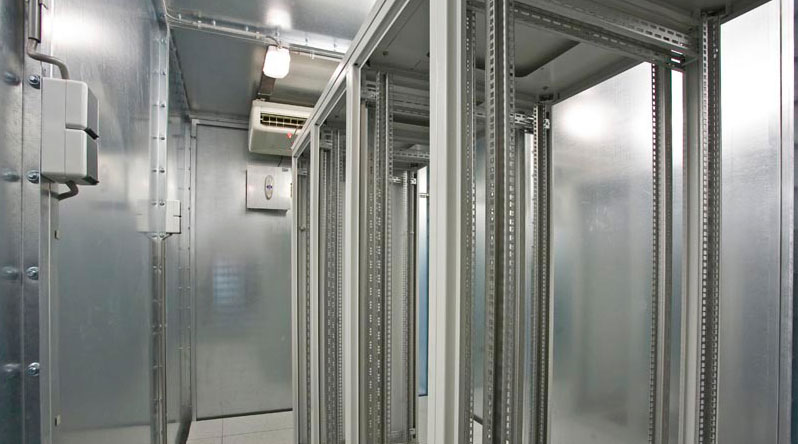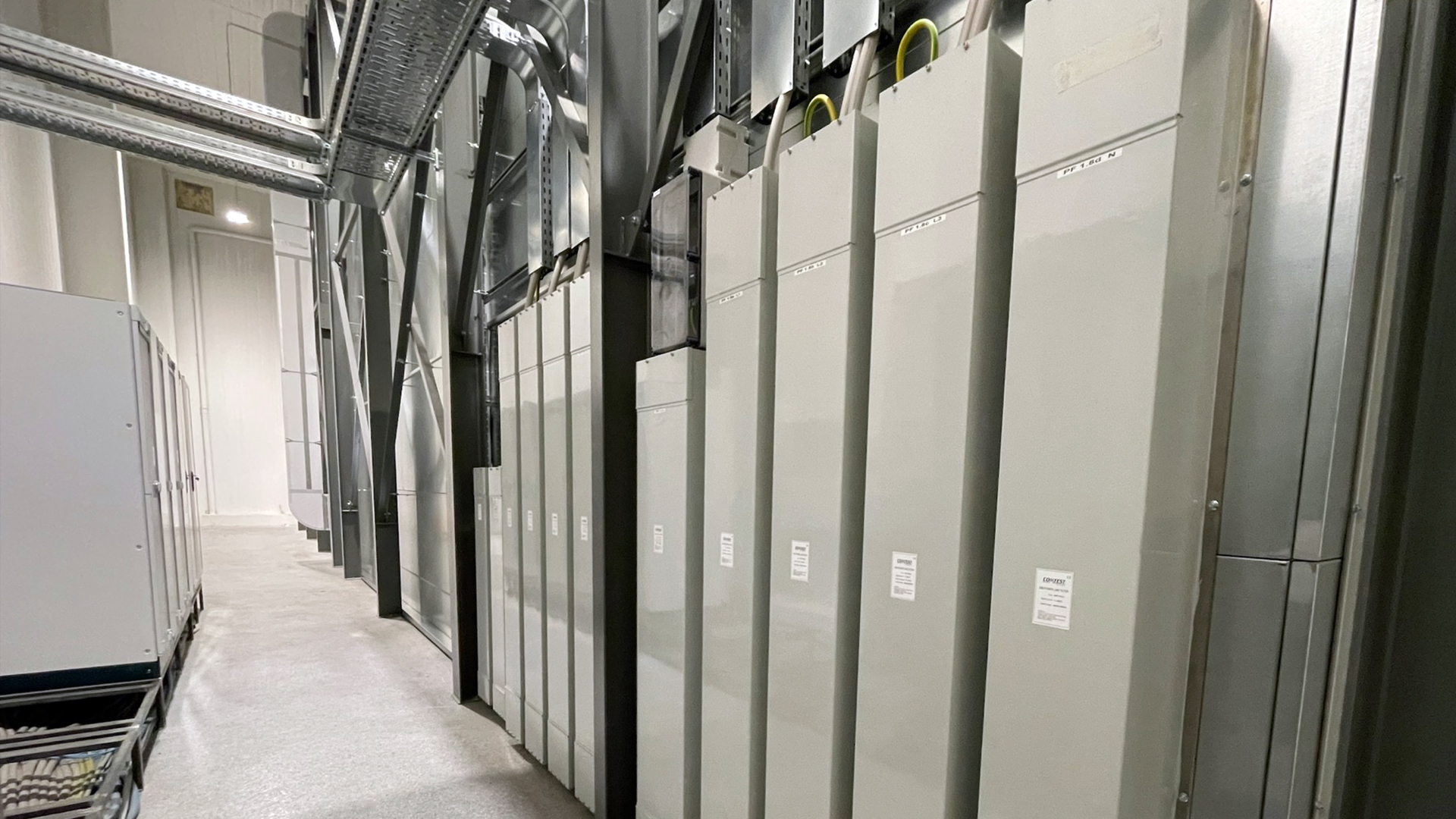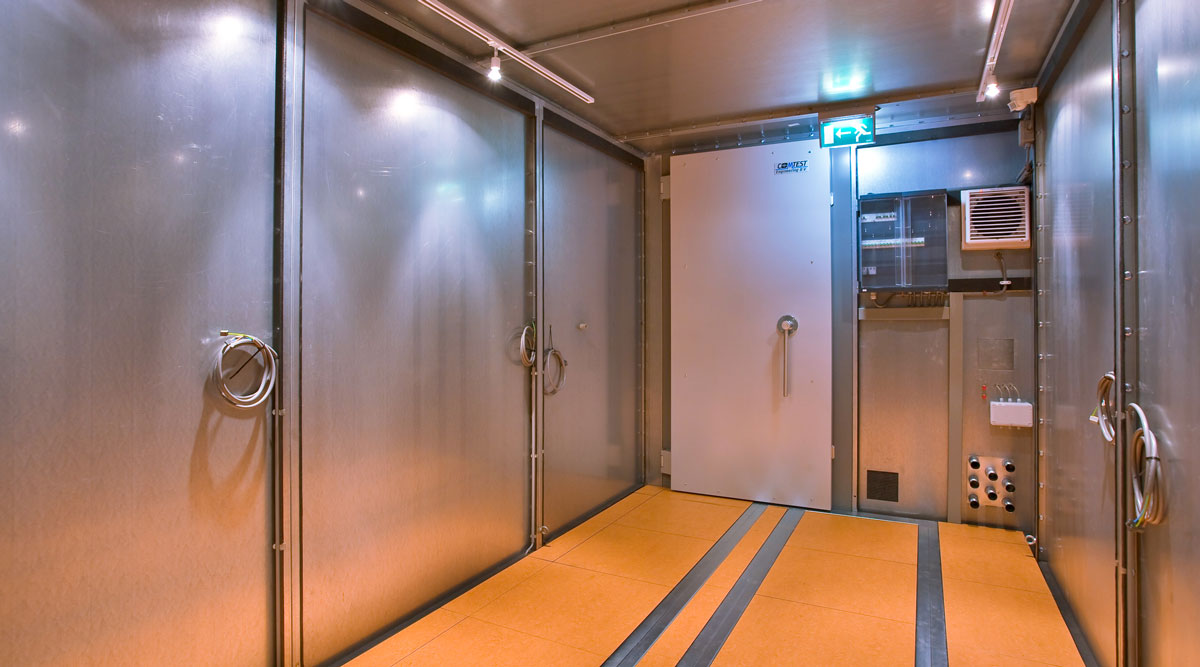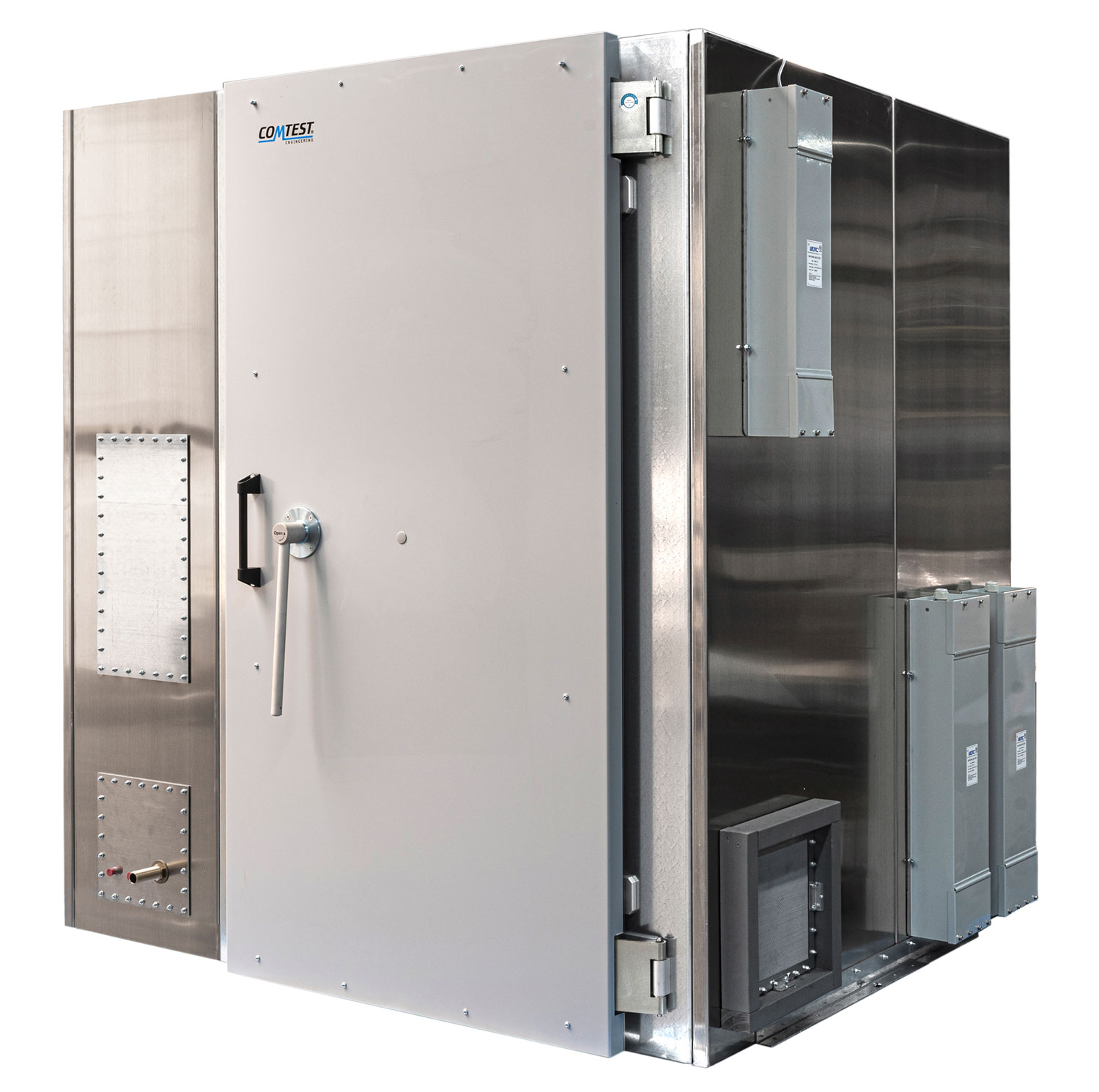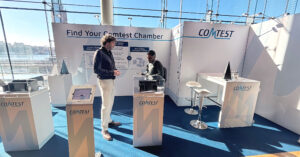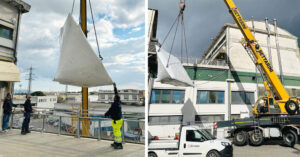
MIL/DO testing solutions for Teslab, Italy
In the heart of Italy’s military activities, we recently delivered a brand new chamber for Teslab that complies with MIL-STD-461 and DO-160 standards. Why a third chamber? Uliana Trucchi, Senior Technical Consultant at Comtest Engineering, states: “Teslab is a highly successful and fast-growing test facility, founded in Livorno, Tuscany, about thirty years ago by three brilliant men. One of them is Giorgio Romano, my primary contact during this project.

